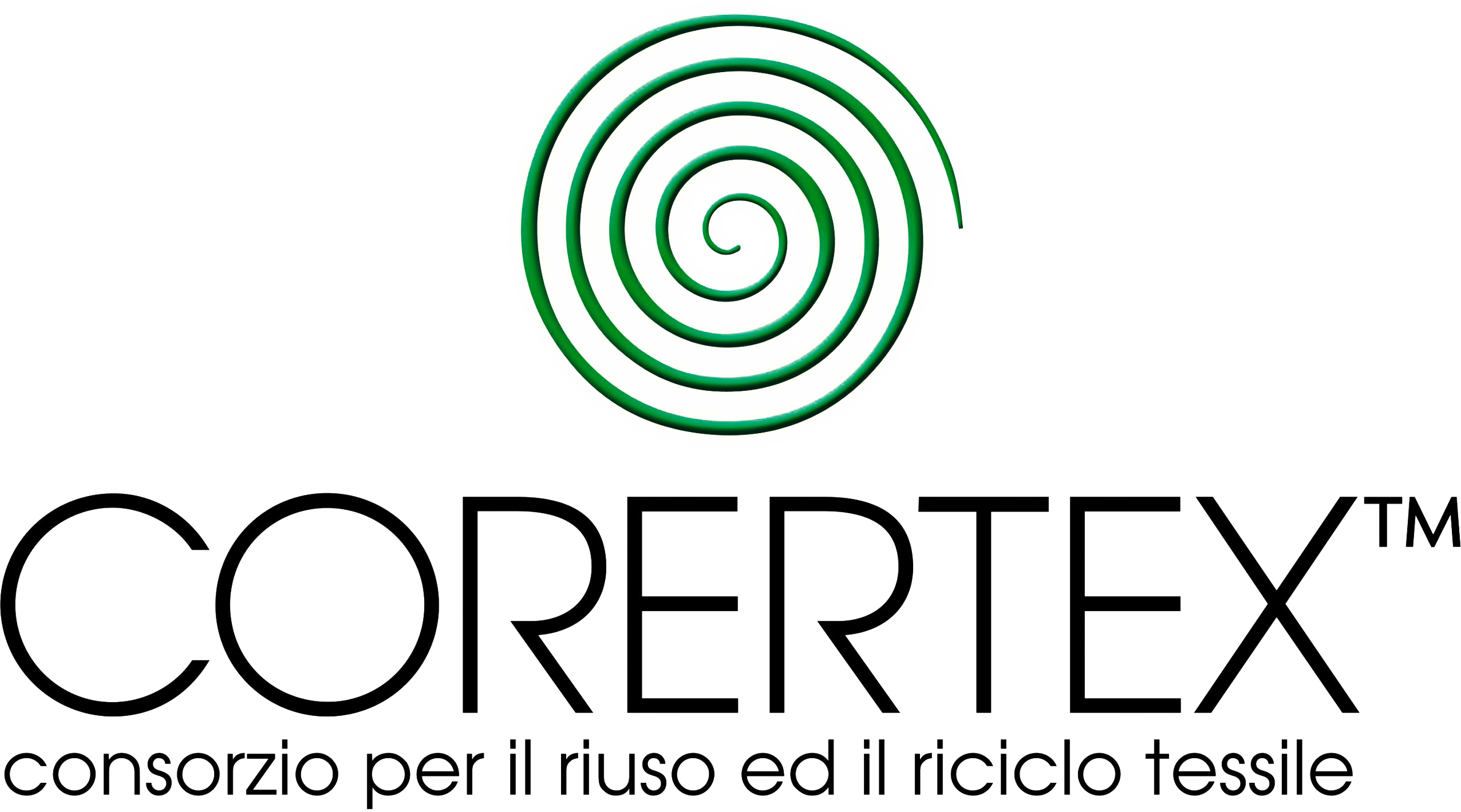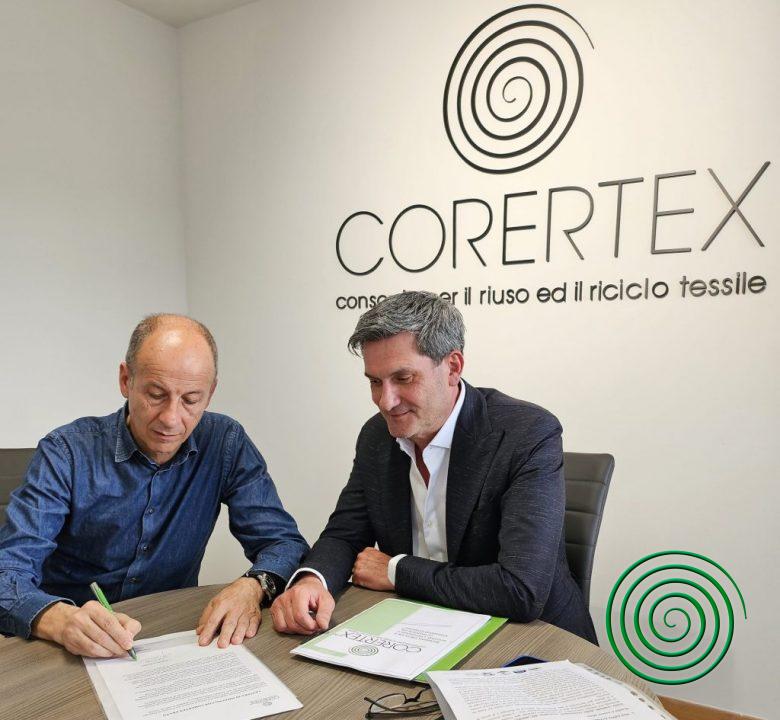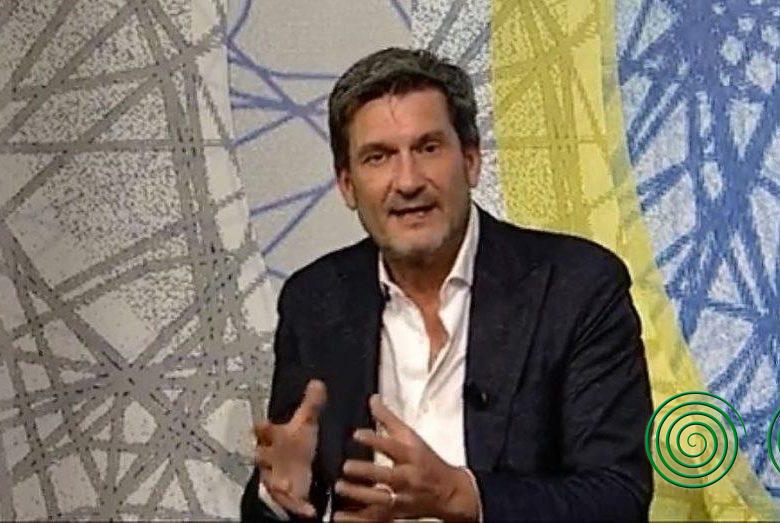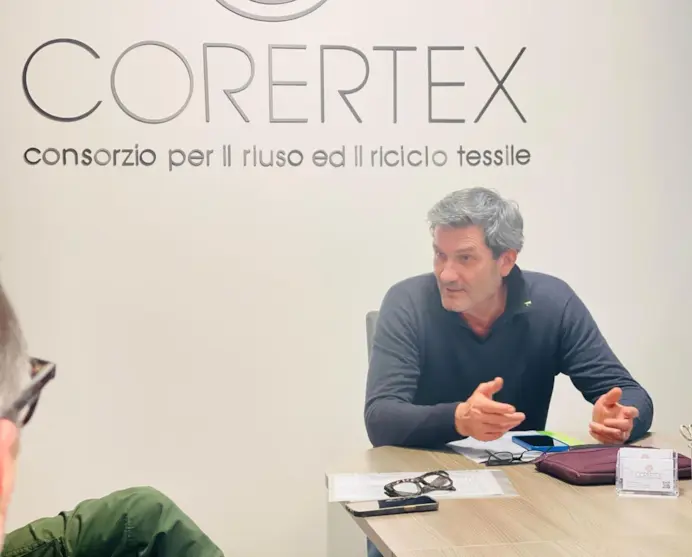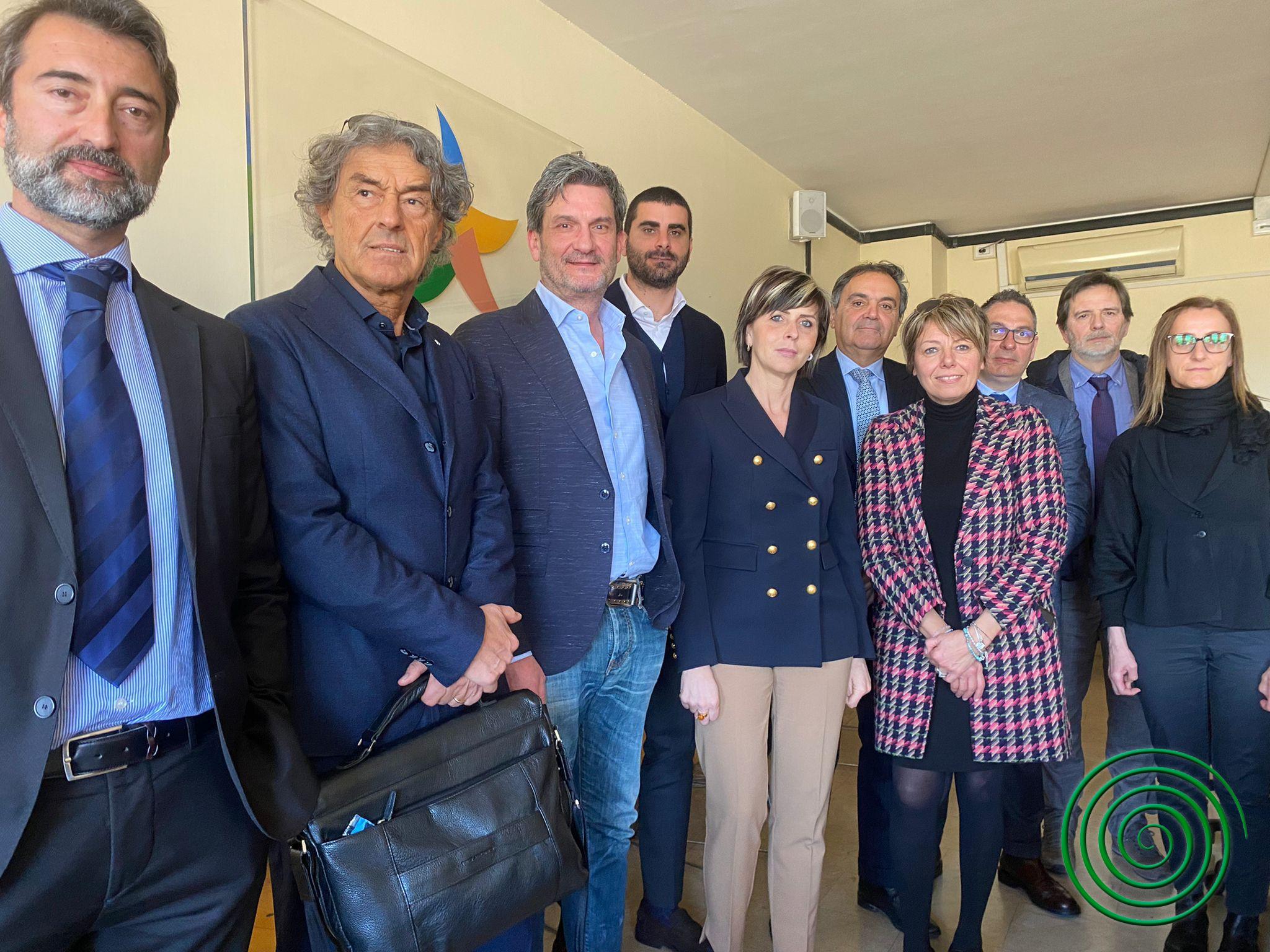
Recycled Textiles, the District in Rome: Our System Should Be a Model
March 28, 2023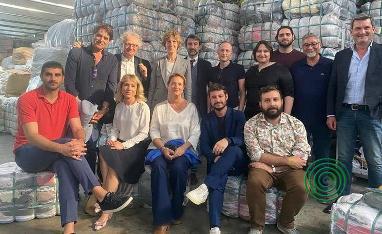
Textile, Prato Takes Center Stage in Europe on Recycling and Reuse – The Democratic Party (PD) Engages Economic Sectors with MEP Camilla Laureti
June 13, 2023“INSIDE THE CAPITAL OF ITALIAN RAGS“
The Prato district is the national hub of the used clothing system, which has evolved in its routes but whose root remains the same as narrated by Malaparte and Nesi. Fifty companies and six hundred workers: the best clothes return to our stalls, while the rest end up in the most distant markets.
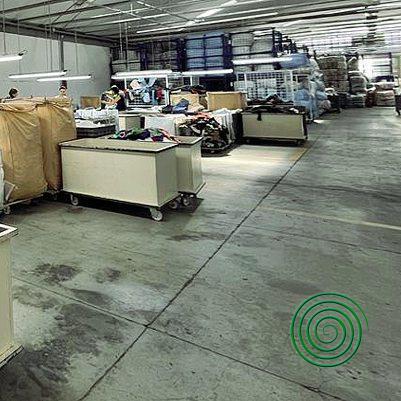
From the collection bin to the counter, and then perhaps to San Lorenzo or even Africa, when not in equipped landfills. The journey of used clothing has its capital in the Prato district, a true hub of this system at the national level.
Fifty companies and six hundred operators, almost all women, make up the industrial network of the sector. From the bags in which we store clothes at home, the journey continues to collection points: the collection bins or authorized centers, which are often located near structures hosting missions, associations, and social organizations in the area. This is how the journey of clothes we no longer use begins each morning.
Early in the morning, dozens of service trucks go around the points where clothes are stored. From Barberino to Arezzo, all the “rags” end up in Prato. With this seemingly derogatory term, actually filled with affection for the workers in the sector, the district has always labeled the used clothes that came from all over the world to be processed. Industrial and popular literature alike have drawn extensively from these “rag pickers”: the writings of Curzio Malaparte and Edoardo Nesi are living testimonies of a tradition that has evolved with globalization but whose root remains the same. In recent decades, the flows have changed significantly, but not the system: the province of Prato is the only one in Italy to have a complete reuse supply chain, entirely represented in all its sections.
When the bags arrive at the used clothing companies, they are unloaded onto giant metal carts, containing grids that move over the heads of workers via a conveyor belt. Using pulleys, the bags are brought down to the ground, where the available workstations are located. There, they are opened and subjected to meticulous inspection: the operators who examine the clothes, each at their own counter, become judges of their fate. They decide in what condition the garment is: a subjective evaluation determines whether it is first, second, third, or fourth choice.
If an operator notices a hole or dirt on the garment, it is not suitable for reuse on a second market, just as it is if the “cut” is completely out of style. These garments are then destined for the recycling phase. Once the first-choice phase is complete, the real sorting of fabrics takes place, both through the touch of the operators and with the help of labels: wool, linen, cotton, blends. Some, those that have passed the selections, will become so-called “new-used” clothes: the highest-quality ones end up on Italian market stalls, while those of lower quality are sent to the farthest reaches of Asia, South America, and Africa.
According to their destination, they are then repackaged: tens of thousands of tons of clothing follow this route, passing through the province of Prato, with an entire supply chain that naturally revolves around the materials and machinery used in the process. Only non-reusable parts (about 2% of the product), mainly consisting of buttons and zippers, end up in landfills.
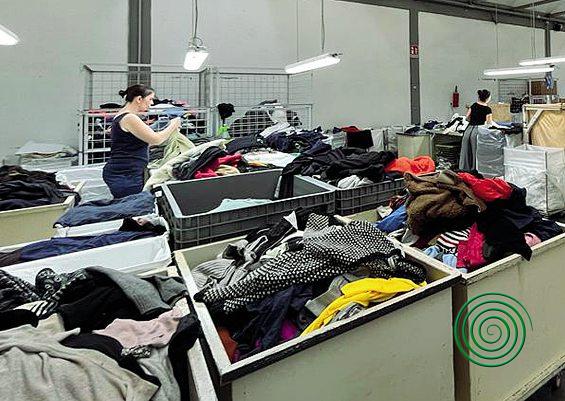
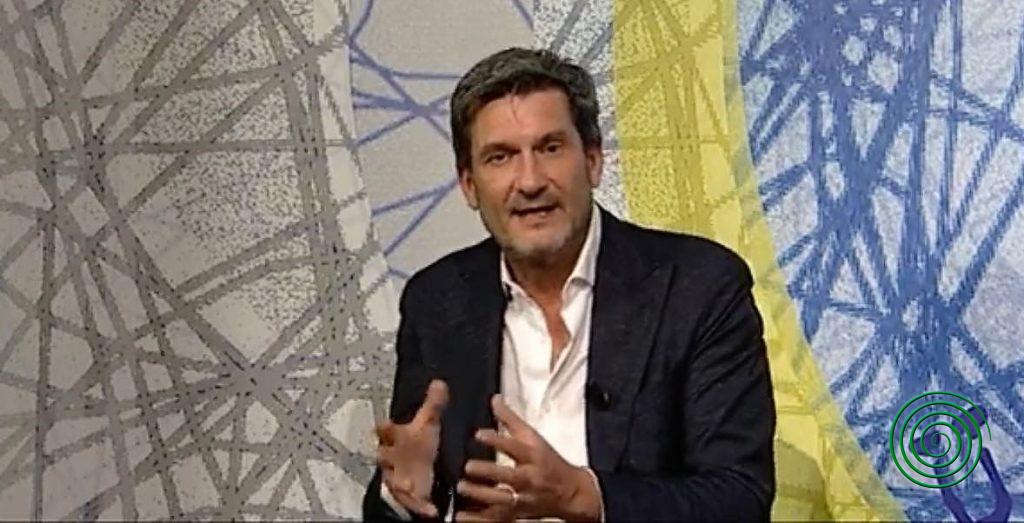
The government decides, the Prato supply chain seeks a foothold. It’s easy to say recycling: the process is filled with steps and pitfalls. For example, Prato wonders who will receive the “environmental contribution” provided for in the new rules that redefine the extended producer responsibility for textile waste? The fear is to be left out of the game, with major fashion brands grabbing the funding cake that redefines reuse in line with environmental sustainability.
In this regard, Corertex, the Consortium for Textile Reuse and Recycling based in Montemurlo, has issued its own warning. In recent weeks, it has submitted its observations to the Ministry of the Environment and Energy Security regarding the draft decree. The documents have been sent and shared with Astri, the Italian recycled textile association, which has its roots in the Val di Bisenzio.
A long-awaited measure in the Prato district that is now approaching a definition. The draft decree covers clothing, accessories, and home textiles such as tablecloths or sheets. The draft, which has already sparked heated debates among various stakeholders in the sector at the national level, is described by Raffaello De Salvo, President of Corertex, as “a good start to regulating the sector but with significant technical difficulties.”
It is a complex document that touches on the coexistence of public and private entities, the balance between environmental sustainability and economic efficiency, the risk of compromising all the achievements to date, and the social and inclusive aspect represented by collection cooperatives. Corertex, to explain some of the difficulties, attempts to provide a practical example. “The draft decree sets a target of a 50% reuse, recycling, and recovery rate by 2035,” adds the consortium president. “But it does not specify individual quantities. This could mean the possibility that the energy recovery rate, for example, via incineration, is preferred over reuse and recycling. This would result in the loss of valuable raw materials and a clear conflict with the European waste framework. I would like to clarify that the Prato district, through the existing supply chain, reuses and recycles up to 97% of post-consumer cycles treated, well above the 50% threshold suggested by the ministry in the draft decree.”
In fact, in its observations, the consortium has suggested to Rome that it is preferable and less impactful to implement and improve the current system for managing post-consumer cycles rather than completely redesign the entire process with potential higher costs and risks of fewer guarantees.
“The current system, like the Prato model, while not perfect and certainly improvable, offers guarantees of virtuosity, traceability, and maximization of reuse and recycling, aligning well with the requirements of European directives,” concludes De Salvo. “We have also suggested the establishment of a control and guarantee committee, preferably within the future Corit, the Coordination Center for Textile Recycling, made up of stakeholders representing the entire supply chain, including collectors, initial selection facilities, recyclers, consortium systems, and producers. We have also recommended, as a priority, the correct distribution of the future environmental contribution across the entire reuse and recycling supply chain, covering all efficient costs of textile waste management: from collection to selection for reuse, preparation for reuse, recycling, and disposal, not forgetting the possible return of companies to Italy that previously left the country.”
